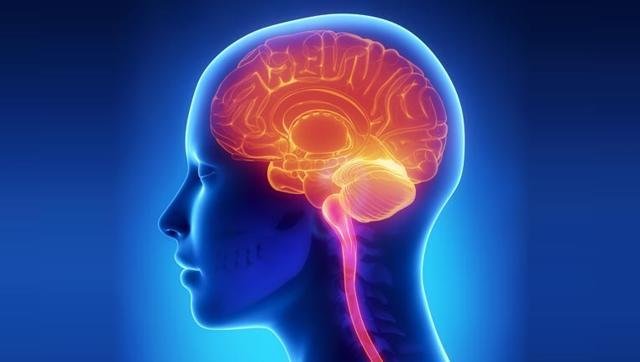Now it is possible for scientists to track a embryo’s brain activity and development , thanks to an Indian-origin scientist who has developed a new, open-source 3D software capable of doing the task.
Although the software is now available to scientists, research is restricted to worms. If the same is possible with human embryos, it could very well unlock answers to evolution and solve infant mortality to a certain extent.
Currently, scientists have only identified a number of important proteins that determine how neurons navigate during brain formation. How these proteins interact in a living organism, however, is still largely unknown .
“Understanding why and how neurons form and the path they take to reach their final destination could one day give us valuable information about how proteins and other molecular factors interact during neuronal development,” explained Hari Shroff, head of the National Institute of Biomedical Imaging and Bioengineering (NIBIB) research team.
The new technology will be pivotal in their project to create a 4D neurodevelopmental “worm atlas” that attempts to catalogue the formation of a worm nervous system.
This catalog will be the first comprehensive view of the entire nervous system’ develops.
According to Shroff, it will be helpful in understanding the fundamental mechanisms by which all nervous systems, including ours, assemble.
They also expect that some of the concepts developed, such as the approach taken to combine neuronal data from multiple embryos, can be applied to additional model organisms besides the worm.
“We do not yet understand neurodevelopment even in the context of the humble worm but we’re using it as a simple model of how these factors work together to drive the development of the worm brain and neuronal structure,” he informed.
“We are hoping that by doing so, some of the lessons will translate all the way up to humans,” Shroff added.
The worm known as C elegans has only 302 neurons, 222 of which form while the worm is still an embryo.
The worm even has its own versions of many of the same proteins used to direct brain formation in more complex organisms such as flies, mice, or humans.
The software is described in a paper published in the open access journal eLife.
Source: google
